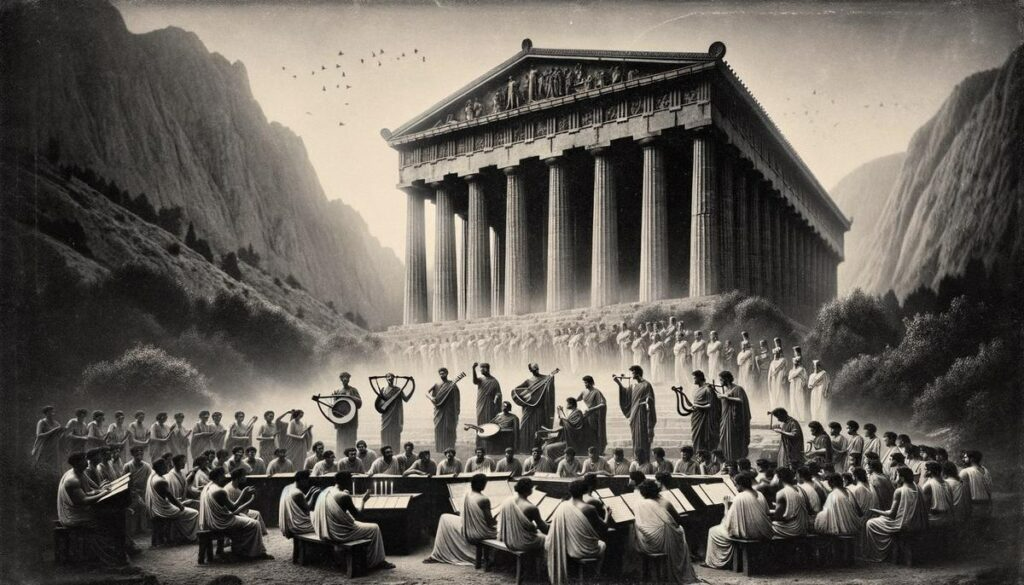Myth and Meaning of the Acropolis - The Sacred Myths of Athens
Discover the myths and spiritual meanings behind the Acropolis — the sacred heart of Athens where gods and mortals met in marble and light.

The Acropolis was more than a hill of temples — it was the axis of the sacred world, where myth became architecture and belief became art.
⚔️ The Contest of Athena and Poseidon
According to legend, Athena and Poseidon once vied for the patronage of Athens.
Before the gods of Olympus, each offered a gift:
- Poseidon struck the rock with his trident, releasing a salt spring — symbol of power.
- Athena planted the olive tree — symbol of peace, wisdom, and prosperity.
The Athenians chose the goddess.
Her gift became the foundation of their culture — reason prevailing over impulse, cultivation over conquest.
🔮 Sacred Sites and Relics
The Erechtheion housed:
- The sacred olive tree of Athena.
- The salt spring of Poseidon.
- The mark of the trident still visible in stone.
- The ancient wooden idol (xoanon) of Athena Polias, carried through the streets each year in the Panathenaic Festival.
This blending of myth and ritual transformed the Acropolis into a living cosmos, where nature, divinity, and city converged.
🌕 Rituals of Renewal
Every four years, Athenians celebrated the Great Panathenaea — a festival of games, music, and procession.
The citizens offered Athena a new woven robe (peplos) embroidered with scenes of her triumph over giants — symbolizing the city’s renewal through art and unity.
“Through Athena, Athens became eternal.”
🕊️ The Sacred Legacy
The Acropolis endures not because of its stones, but because of its story — a myth that still whispers of balance between strength and wisdom, passion and restraint.
In every column, the gods still dwell — silent, luminous, eternal.
About the Author

Mythologist
A history enthusiast and traveler, I created this site to help visitors experience the Acropolis and its ancient wonders.
Tags
Comments (0)
Loading comments...